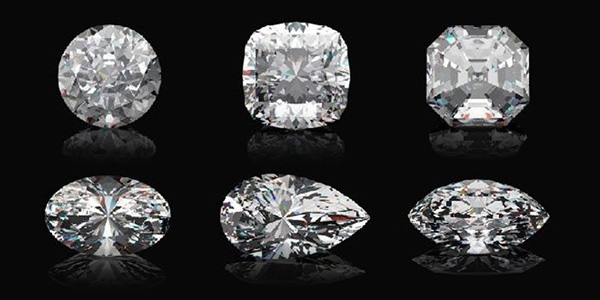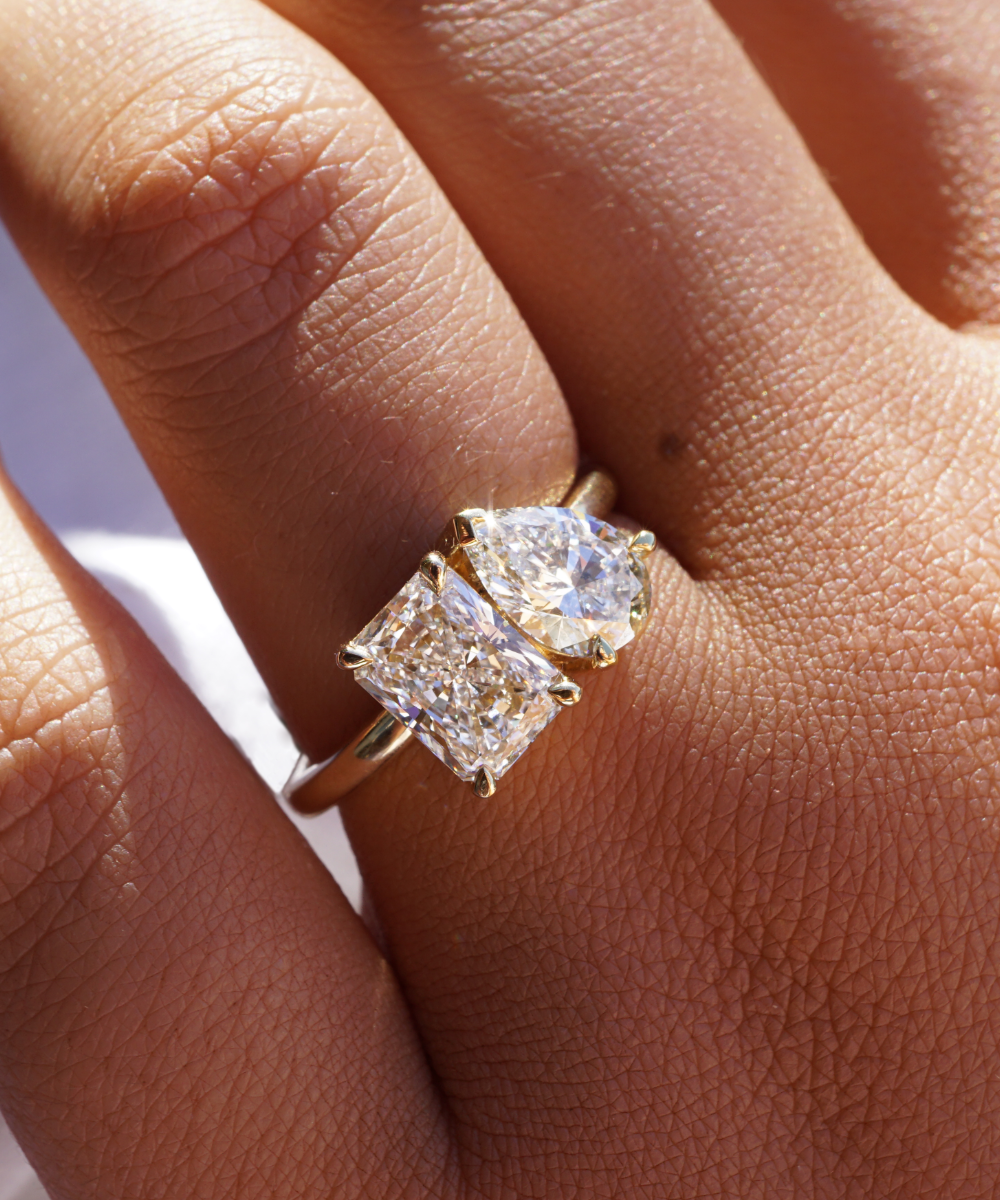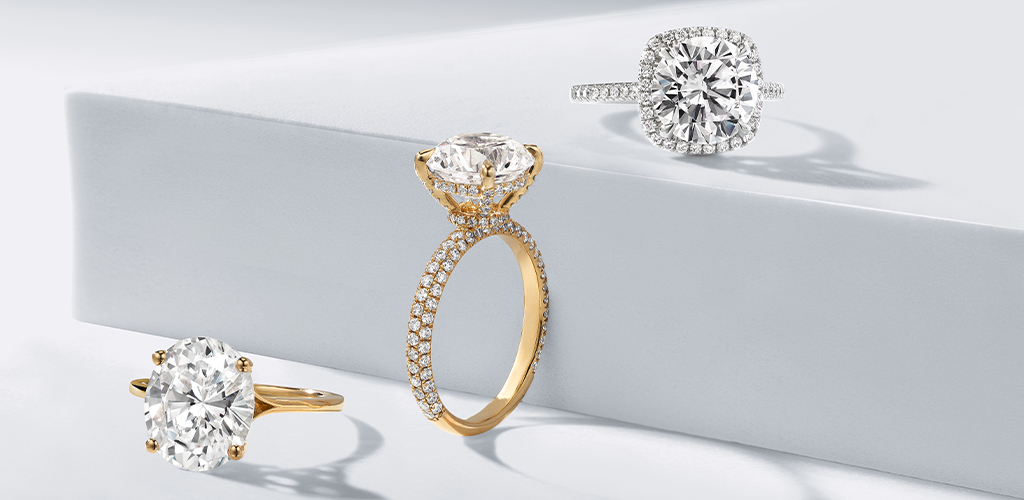
In the dynamic world of jewelry, recycled gold is emerging as a sustainable alternative to newly mined gold. As awareness grows regarding environmental and ethical concerns, the jewelry industry is increasingly turning to recycled gold as a responsible choice.
Quality of Recycled Gold
When comparing mith about recycled Gold to freshly mined gold, the quality remains indistinguishable. Advances in refining techniques ensure recycled gold meets the same purity standards, making it a reliable choice for jewelers committed to quality and sustainability.
Purity Levels and Standards
Recycled gold undergoes rigorous purification processes, achieving purity levels equivalent to newly mined gold. This ensures that jewelry made from recycled gold maintains the same brilliance and durability as its conventional counterpart.
Environmental Impact
One of the primary benefits of recycled gold lies in its reduced environmental footprint. By utilizing existing gold reserves, recycled gold minimizes the need for destructive mining practices, thereby conserving energy and water resources.
Reduction in Mining Impact
Mining for gold can have significant environmental consequences, including habitat destruction and water pollution. Recycled gold helps mitigate these impacts by decreasing the demand for new mining operations.
Ethical Considerations
In addition to environmental benefits, recycled gold addresses ethical concerns within the jewelry supply chain. By avoiding “conflict gold” sourced from conflict zones, jewelers can promote responsible sourcing practices and support communities.
Avoiding Conflict Gold
Conflict gold often finances armed conflicts and human rights abuses. Choosing recycled gold ensures that jewelers contribute to positive social impacts by preventing the circulation of unethical gold in the market.
Economic Benefits
For jewelers, recycled gold presents economic advantages without compromising on quality. Its availability and competitive pricing make it a cost-effective option, meeting both consumer demand and sustainability goals.
Market Demand and Trends
Consumer preferences are shifting towards sustainable products, driving the demand for recycled gold in the jewelry sector. Jewelers embracing this trend are well-positioned to attract environmentally conscious customers.
Perceived Limitations
Despite its benefits, misconceptions about recycled gold persist among consumers and jewelers alike. Addressing these misconceptions is crucial for promoting wider adoption and understanding of recycled gold’s value.
Misconceptions about Quality
Some believe recycled gold is inferior in quality, but advancements in technology ensure that recycled gold meets the same standards as newly mined gold, dispelling concerns about its purity and durability.
Techniques of Gold Recycling
Recycling gold involves various techniques aimed at extracting and purifying gold from scrap materials. These methods are efficient and environmentally sound, contributing to the sustainability credentials of recycled gold.
Methods Used in Recycling
Techniques such as melting, refining, and electroplating are commonly used in the recycling process to extract pure gold from old jewelry, electronics, and industrial waste.
Consumer Perception
Educating consumers about the benefits of recycled gold is essential for driving market acceptance. As awareness grows, more individuals are recognizing the value of sustainable choices and their impact on the environment.
Awareness and Education
Initiatives promoting the benefits of recycled gold help consumers make informed purchasing decisions. By highlighting its environmental and ethical advantages, jewelers can encourage responsible consumption practices.
Industry Standards and Certifications
Certification bodies play a crucial role in verifying the authenticity and traceability of recycled gold. By adhering to industry standards, jewelers ensure transparency and trustworthiness in their products.
Ensuring Authenticity and Traceability
Certifications such as Fairtrade Gold and Responsible Jewellery Council (RJC) certification provide assurances that recycled gold meets stringent ethical and environmental criteria, giving consumers peace of mind.
Case Studies
Several renowned jewelry brands have embraced recycled gold, lab diamonds, demonstrating its viability and positive impact on their businesses. These case studies illustrate successful implementations and the benefits of adopting sustainable practices.
Examples of Brands Using Recycled Gold
From small artisanal workshops to global brands, many businesses are integrating recycled gold into their collections. These examples showcase innovative approaches and the versatility of recycled gold in jewelry design.
Future Trends
Looking ahead, the future of recycled gold appears promising. With advancements in recycling technologies and growing consumer demand for sustainable products, the market for recycled gold is expected to expand.
Growth Projections
Analysts project a steady growth in the adoption of recycled gold across the jewelry industry, driven by heightened environmental awareness and regulatory pressures.
Conclusion
In conclusion, recycled gold represents a pivotal step towards sustainability in the jewelry sector. Its benefits extend beyond environmental conservation to encompass ethical considerations and economic advantages, making it a preferred choice for conscientious consumers and forward-thinking jewelers alike.





